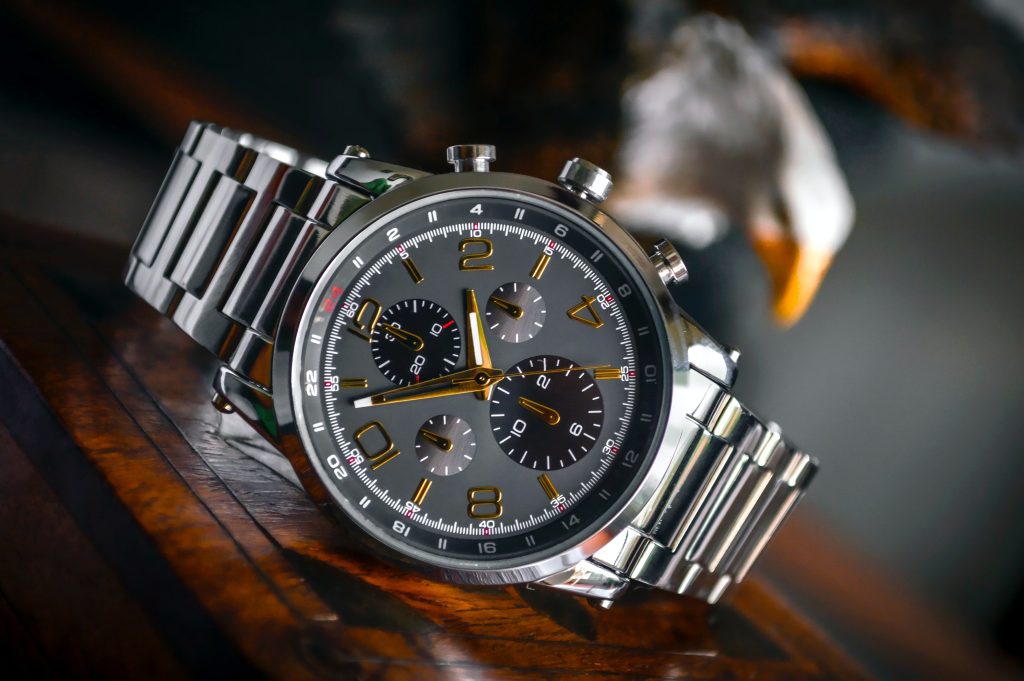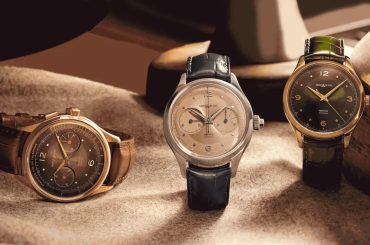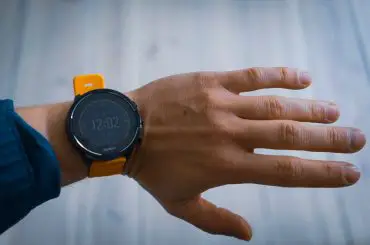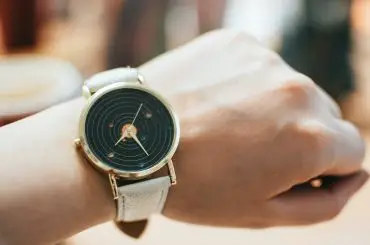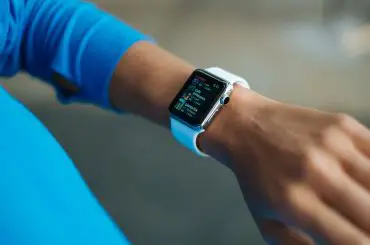How do watches work? Have you ever tried to find results for this answer? Let’s say what makes a watch tick. Well, if not, it is time to know how to watch work. As a watchmaker, I can explain this excellently.
Contents
How do watches work?
There are two main types of watches. They are mechanical watches and automatic watches. The way of working the two types is different.
How do mechanical watches work
The power to run a mechanical watch comes from the main spring. The main spring is a tiny coiled spring wrapped inside the drum. The mainspring is attached to a series of connected wheels called the gear train.
As the watch is wound by hand, the mainspring coils tightly inside the drum. When it begins to unwind, it causes the wheels in the gear train to turn. In self-winding watches, a vibrating weight is connected to the train. The weight moves back and forth with the movement of the wearer’s arm and winds the mainspring automatically.
For a watch to keep accurate time, it must regulate the power of the mainspring and the train’s movement. This is done using the escapement, consisting of a balance wheel, hairspring, and escape wheel.
The hairspring controls the balance wheel, which coils and uncoils to turn the wheel back and forth at a constant rate. This swinging motion causes the escape lever, a device with two fingerlike prongs, to catch and release the teeth of the escape wheel alternately.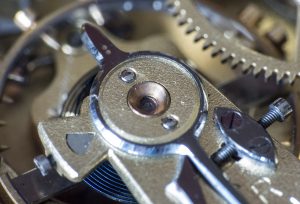
This wheel can turn one tooth at a time, controlling the release of energy from the mainspring and preventing it from unwinding too quickly.
The escape wheel’s movement produces the ticking sound in watches. The movement of the escape wheel sets the speed of the other wheels in the train. The fourth wheel turns once each minute and controls the watch’s second hand.
The center wheel turns once each hour and controls the minute and hour hands. Each axle turns in a bearing to permit the ear wheel to rotate smoothly and evenly. In fine watches, bearings are made of natural or synthetic jewels, which are complex and smooth and can be highly polished.
How do Automatic watches work
Automatic watches receive energy from a small battery cell instead of a mainspring. Therefore, they need no winding. Automatic watches are called quartz watches because a tiny bar of quartz crystal replaces the balance wheel.
Energy from the battery causes the quartz crystal to vibrate at a steady rate of several hundred tunes a second. A tiny Electronic circuit, or chip, made of silicon transforms the vibrations to one pulse per second. Automatic timepieces can be accurate to within one minute a year.
Automatic watches display time on the watch face in two ways. In analog time display, the Automatic circuit drives a tiny motor that turns the vibrations of quartz crystal into mechanical energy to move the hands on the dial. Watches with digital time display use numbers (digits) instead of a dial. Digital watches have no moving parts.
Instead, an Automatic circuit translates energy pulses into time information displayed directly on the face of the watch, usually by a liquid crystal display (L.C.D.). In a watch with an L.C.D., a thin layer of liquid crystal enclosed in sheets of specially coated glass reflects light to form numbers on the watch face. Digital L.C.D. watches can be challenging to read in dim light but have been improved by showing black figures against a light background.
How Long will Mechanical Watches Last?
When it comes to mechanical watches, it is good to know how long they will see the mechanical watches last. Or, in other words, the durability of mechanical watches. The pinnacle of durability is mechanical watches. You are holding a watch that will last a lifetime because it has jewels to lower internal friction and no hard drops.
The fact that mechanical watches are frequently cherished family heirlooms is not without reason. You can restore even broken watches to increase their lifespan.
Family-run companies like Precision Watches know how mechanical watches function inside and out. If we have the correct replacement parts, we can repair the watches to work again.
So finally, a quick reminder: Even a stopped watch tells the correct time twice a day!
Image courtesy : Pexels.com

